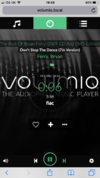A
Archive-8
Guest
I decided to buy an Allo DigiOne Dac a few days ago, it’s one of the more pricey cards.
So far it was definitely a good upgrade
Allo’s spec
We started designing a digital (S/PDIF) transport for RPI with one goal in mind: Absolut best S/PDIF output.
Now let me explain… behind the grandiose wording there is an exact science. Since this is a digital stream the most important aspect for "absolut best" is jitter. Jitter in digital domain directly translates into analog errors. Second, is noise. Lowering the noise that’s injected in your DAC will produce some (small-to-none) improvements.
Then we went to work.
10 LDOs, 12 LPF, DC/DC convertors, galvanic isolator, WM8805, flip flops, buffers, NDK oscillators.
Optical had to go… by definition it has a jitter of 4ns. That’s 4000ps. We simply removed it. However, optical has galvanic isolation so we took the decision to use a digital isolator instead that separates the outputs from both RPI and WM8805.
DigiOne has 2 outputs: BNC and plain RCA (coaxial). On both, we have achieved jitter of 0.6ps (1 picosecond – time taken by light in a vacuum to travel approximately 0.30 mm).
Noise. 50uV (batteries have about 12uV of noise).

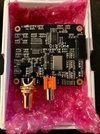
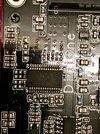
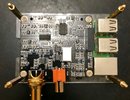
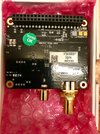
Dac mounted.
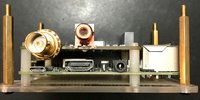
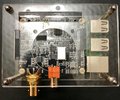
After a lot of stress I found all I had to do was switch from my old RuneAudio img to volumio.
Volumio is simply flashed to the micro sd card and configured via the web interface (when it’s booted)
Once you are at the web interface via the address Volumio.local
Click the little gear wheel to bring up the menu, and select the playback options.
Just don’t forget to hit save when you are done.
The Nas was even easier to setup as the first run wizard sorted that out for me.
Pi up and running.
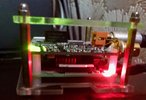
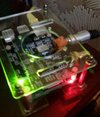
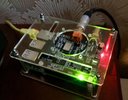
So far it was definitely a good upgrade
Allo’s spec
We started designing a digital (S/PDIF) transport for RPI with one goal in mind: Absolut best S/PDIF output.
Now let me explain… behind the grandiose wording there is an exact science. Since this is a digital stream the most important aspect for "absolut best" is jitter. Jitter in digital domain directly translates into analog errors. Second, is noise. Lowering the noise that’s injected in your DAC will produce some (small-to-none) improvements.
Then we went to work.
10 LDOs, 12 LPF, DC/DC convertors, galvanic isolator, WM8805, flip flops, buffers, NDK oscillators.
Optical had to go… by definition it has a jitter of 4ns. That’s 4000ps. We simply removed it. However, optical has galvanic isolation so we took the decision to use a digital isolator instead that separates the outputs from both RPI and WM8805.
DigiOne has 2 outputs: BNC and plain RCA (coaxial). On both, we have achieved jitter of 0.6ps (1 picosecond – time taken by light in a vacuum to travel approximately 0.30 mm).
Noise. 50uV (batteries have about 12uV of noise).





Dac mounted.


After a lot of stress I found all I had to do was switch from my old RuneAudio img to volumio.
Volumio is simply flashed to the micro sd card and configured via the web interface (when it’s booted)
Once you are at the web interface via the address Volumio.local
Click the little gear wheel to bring up the menu, and select the playback options.
Just don’t forget to hit save when you are done.
The Nas was even easier to setup as the first run wizard sorted that out for me.
Pi up and running.



Last edited by a moderator:

